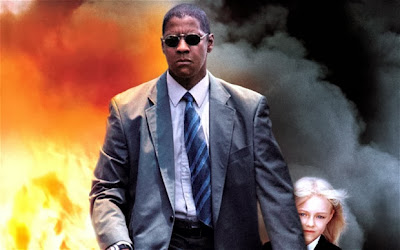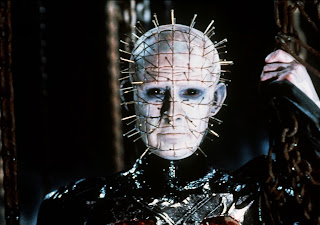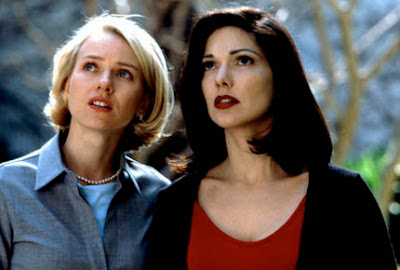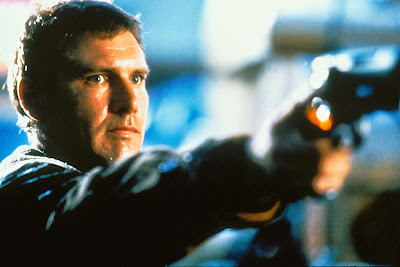My group, 'Pulse Productions' includes;
me, Cal and Ruby
Producer: 'Pulse Productions'
Director: Cal
Camera operator: Cal
Editor: Elliott
Costume/make up: Ruby
Lighting operator: Elliott
Sound production: Ruby
Special effects: Elliott
Prop manager: Ruby
Casting: Group (Cal, Ruby, Elliott)
Cinematographer: Elliott
Foley artist: Cal and Elliott
Locations: School, Cal's house
Actors: Elliott, Ruby, Cal, James
(hopefully)
This list is somewhat accurate, however
we will each partake in assisting each other with the creation of our
opening title sequence project.
Storyboard
Our first task was to create a story board which shows the plot of
our OTS and also includes the camera angles that we have chosen for each shot.
This story board was drawn by hand and also shows annotated notes of what is
happening in each individual shot such as the lighting.
 Cinematography
Cinematography




